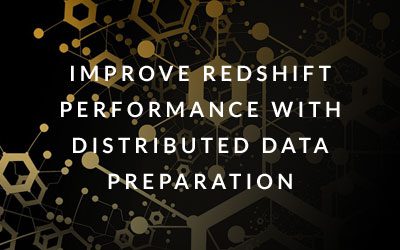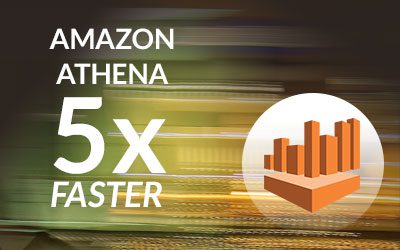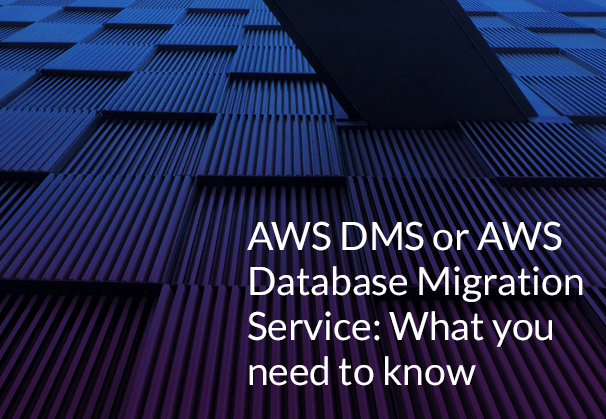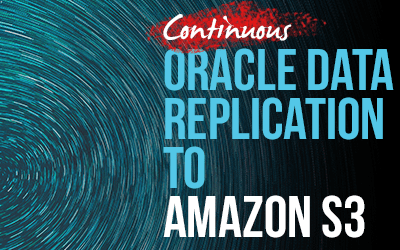ETL and ELT just cannot keep up with your growing data. So what is the way forward?
If you have been in the data game for any length of time you would remember the ETL methodology. ETL or Extract Transform Load is still used – data is extracted and then transformed before being loaded into the data warehouse. However burgeoning data volumes mean costly scale-up of existing systems to support larger data volumes and larger number of data sources. In the era of the cloud, this seems anachronistic.
AWS DMS Limitations for Oracle Sources
ELT issues
Then came ELT or Extract Load Transform. Data was extracted, loaded and then transformed using the power of the Data Warehouse. Expensive server and tooling costs were eliminated and the Data Warehouse became a hero taking care of transformation and consumption.
Things were going well but data as always kept increasing. The ELT approach demanded that all data be loaded into the Data Warehouse and transformed but with increasing volumes of data, users and queries, bottlenecks became increasingly common and querying time increased too. So what is a good data engineer to do?
Introducing Real-time Distributed Data Preparation: a unique data architecture
At BryteFlow we have seen the light and now know the way forward is with Distributed Data Preparation. The Distributed Data Preparation methodology uses a unique distributed architecture for preparing data on the cloud. The BryteFlow product uses this architecture and its proprietary technology to leverage AWS services to provide a seamless, fast data real-time ingestion and real-time preparation experience. BryteFlow uses the Amazon S3 Data Lake as the cloud object storage layer and gets computing resources from various AWS services as needed to orchestrate data integration and then saves the data back to Amazon S3. Data Lake vs Data Warehouse, which one do you need?
The data is now available in the raw form and as curated data assets for Data Analytics and Data Science uses cases, and also for Redshift. The raw data can be used in Redshift by using Spectrum (another cool AWS service that allows data in S3 to be viewed as an external table in Redshift). The compiled or curated data assets can either be used with Spectrum or copied to Redshift to make business user queries run fast and efficiently.
Free up Redshift and hike up performance
This approach frees up Redshift to focus on what it does best – responding to user queries in seconds while the heavy lifting is done by BryteFlow on Amazon S3 using the tools of the AWS ecosystem.
Not only does the BryteFlow software enable this modern cloud data architecture, out-of-the-box but also allows power business users to self-serve their data. No coding! No waiting! And data accessed in almost real-time. Get a Free trial of BryteFlow
If you want to know more please contact the friendly BryteFlow team, who would love to help you with your use case. Contact Us





